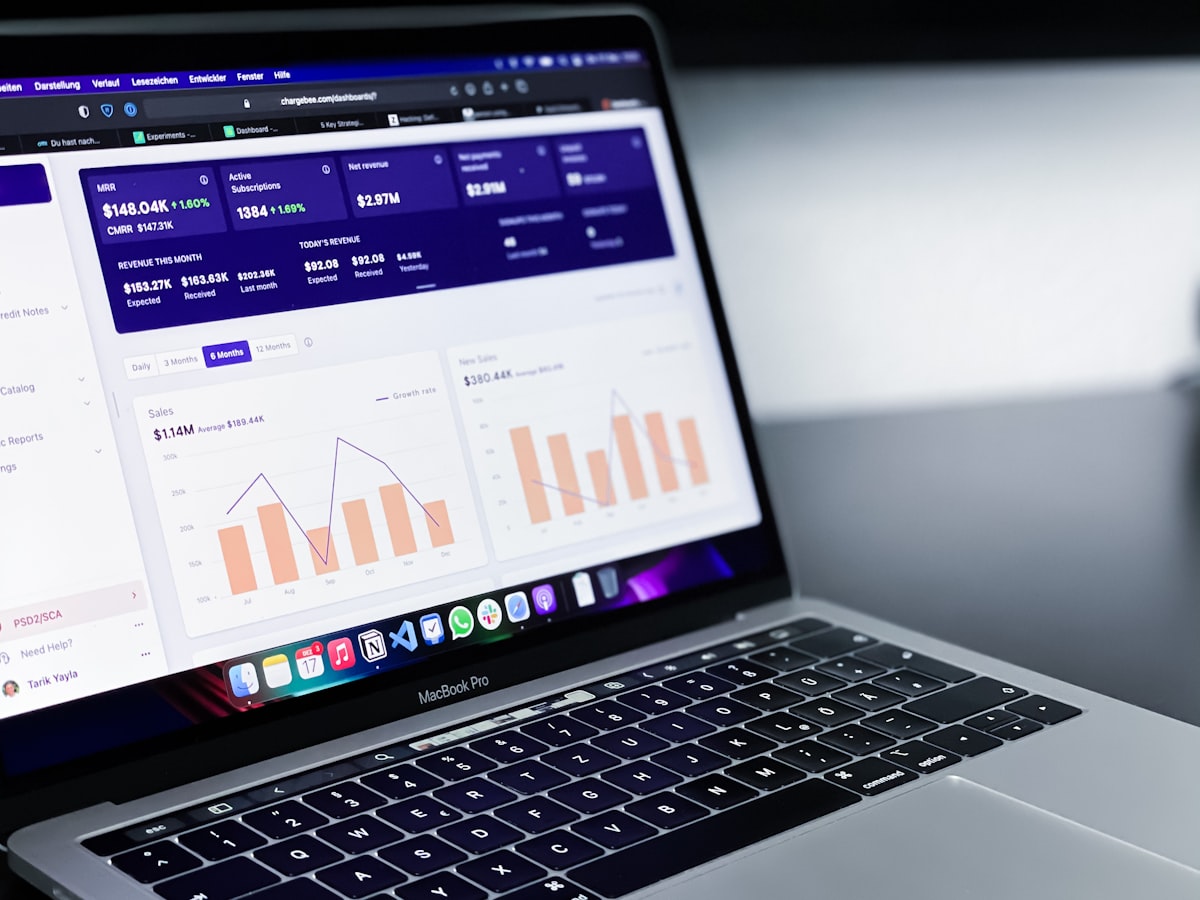What is Product Analytics?

- Introduction to Product Analysis:
Product analytics is the systematic examination and evaluation of a product's features, functionality, performance, and market positioning to gain insights into its strengths, weaknesses, opportunities, and threats. It plays a crucial role in understanding customer needs, identifying areas for improvement, and ensuring the product meets or exceeds market expectations. A product analyst is a key player in this process, responsible for gathering and analyzing data, conducting market research, and providing actionable recommendations to enhance the product's competitiveness and value proposition.
2. Key Responsibilities of a Product Analyst:
The primary responsibilities of a product analyst encompass a range of tasks aimed at optimizing the performance and user experience of a product. This includes conducting market research to identify customer needs and preferences, analyzing user feedback and behavior data to identify areas for improvement, collaborating with cross-functional teams to prioritize features and enhancements, and monitoring key performance metrics to evaluate the success of product initiatives. Product analysts also play a crucial role in defining product requirements, conducting competitive analysis, and staying abreast of industry trends to inform product development strategies.
3. Skills and Qualities of a Successful Product Analyst:
Technical Skills: A successful product analyst should possess proficiency in data analysis tools and techniques, such as SQL, Python, or R, to manipulate and analyze large datasets effectively. Familiarity with data visualization tools like Tableau or Power BI is also beneficial for presenting findings and insights. Knowledge of product management methodologies and software development processes is essential for understanding the product lifecycle and prioritizing feature development.
Soft Skills: Analytical thinking is crucial for interpreting complex data and drawing actionable conclusions to drive product improvements. Attention to detail ensures thorough analysis and identification of nuanced patterns or trends. Strong communication skills enable product analysts to effectively convey insights and recommendations to cross-functional teams, stakeholders, and management, fostering collaboration and alignment towards shared goals.
Tools and Technologies in Product Analysis:
Product analysts leverage a variety of tools and technologies to gather, analyze, and interpret data for effective decision-making. Common tools include data analytics platforms such as Google Analytics, Mixpanel, or Adobe Analytics, which provide insights into user behavior, engagement metrics, and conversion rates. A/B testing tools like Optimizely or VWO enable product analysts to experiment with different variations of features or designs to determine which performs best. market research tools, customer feedback platforms, and collaboration software facilitate the collection and synthesis of qualitative and quantitative data, enabling product analysts to make informed recommendations for product improvement.
4. The Product Lifecycle and Analysis:
Introduction Stage: During the introduction stage, product analysts focus on market research and user feedback to understand customer needs and preferences. They analyze early adoption metrics and gather insights to refine the product offering and positioning, ensuring alignment with target market segments.
Growth Stage: In the growth stage, product analysts monitor key performance indicators (KPIs) such as user acquisition, retention, and revenue growth. They conduct user segmentation analysis to identify high-value customer segments and tailor marketing strategies and product features to accelerate growth.
Maturity Stage: During the maturity stage, product analysts evaluate market saturation and competitive dynamics to sustain or extend the product's lifecycle. They optimize pricing strategies, explore new distribution channels, and prioritize product enhancements to differentiate the offering and maintain market relevance.
Decline Stage: In the decline stage, product analysts assess the reasons for declining sales or market share and explore strategies to mitigate revenue erosion. This may involve sunsetting legacy features, transitioning customers to newer offerings, or exploring opportunities for product diversification or revitalization.
5. Data-driven Decision Making in Product Analysis:
Role of Data: Data serves as the foundation for informed decision-making in product analysis, providing insights into user behavior, market trends, and competitive dynamics.
Identifying Trends: Product analysts leverage historical and real-time data to identify emerging trends, market shifts, and changing user preferences. They use statistical analysis and data visualization techniques to uncover patterns and correlations, informing strategic decisions and product roadmaps.
User Behavior Analysis: By analyzing user interactions, engagement metrics, and feedback data, product analysts gain a deep understanding of user needs, pain points, and satisfaction levels. This insight informs iterative product development cycles, enabling continuous improvement and optimization.
6. Future Trends in Product Analytics:
The field of product analysis is continuously evolving, driven by advancements in technology, changes in consumer behavior, and emerging market trends. One notable trend is the increasing emphasis on data-driven decision-making, with product analysts leveraging advanced analytics techniques, machine learning, and artificial intelligence to derive actionable insights from large datasets. Personalization and customization are also becoming more prevalent, with product analysts focusing on tailoring products and experiences to meet the unique needs and preferences of individual users.
The rise of agile methodologies and DevOps practices is reshaping how products are developed and managed, requiring product analysts to adapt to faster release cycles and greater cross-functional collaboration. To stay ahead in this dynamic landscape, product analysts must embrace lifelong learning, cultivate interdisciplinary skills, and foster a mindset of innovation and adaptability

